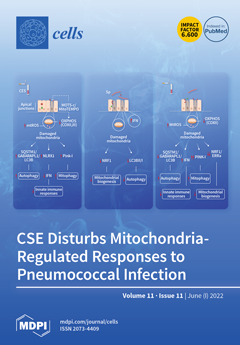This systematic review of literature highlights the different microRNAs circulating in the serum or plasma of endometrial cancer patients and their association with clinical and prognostic characteristics in endometrial cancer. This study also investigates the molecular functions of these circulating microRNAs. According to this systematic review, a total of 33 individual circulating miRs (-9, -15b, -20b-5p, -21, -27a, -29b, -30a-5p, -92a, -99a, -100, -135b, -141, -142-3p, -143-3p, -146a-5p, -150-5p, -151a-5p, -186, -195-5p, -199b, -200a, -203, -204, -205, -222, -223, -301b, -423-3p, -449, -484, -887-5p, -1228, and -1290) and 6 different panels of miRs (“miR-222/miR-223/miR-186/miR-204”, “miR-142-3p/miR-146a-5p/miR-151a-5p”, “miR-143-3p/miR-195-5p/miR-20b-5p/miR-204-5p/miR-423-3p/miR-484”, “mir-9/miR-1229”, “miR-9/miR-92a”, and “miR-99a/miR-199b”) had a significant expression variation in EC patients compared to healthy patients. Also, seven individual circulating miRs (-9, -21, -27a, -29b, -99a, -142-3p, and -449a) had a significant expression variation according to EC prognostic factors such as the histological type and grade, tumor size, FIGO stage, lymph node involvement, and survival rates. One panel of circulating miRs (“-200b/-200c/-203/-449a”) had a significant expression variation according to EC myometrial invasion. Further studies are needed to better understand their function and circulation.
Full article






